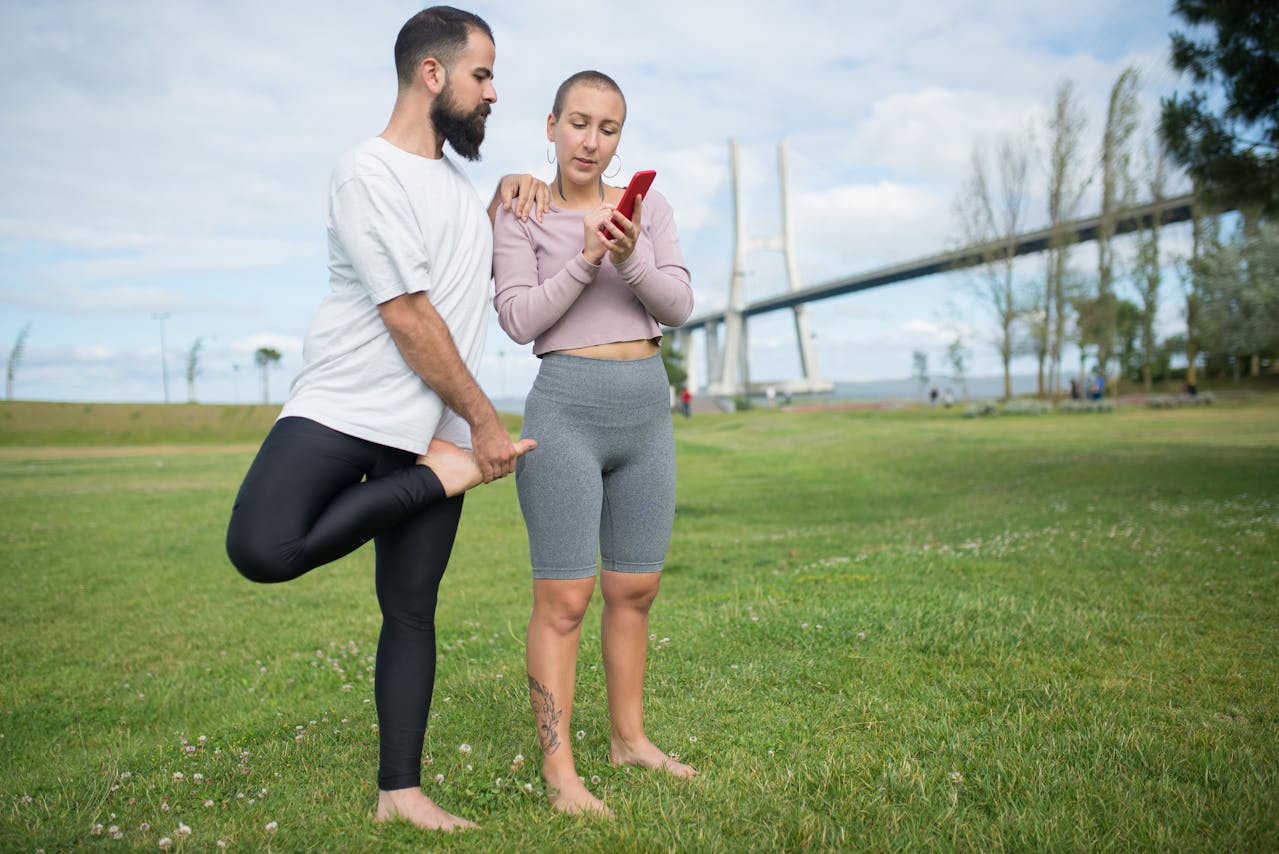
Hey there, fit fam! Let’s talk about something that often flies under the radar in our fitness routines: mobility training. While strength, endurance, and cardio are the usual headliners, mobility—being able to move freely and easily—is the unsung hero. Whether you’re just getting started or you’ve been at this for years, incorporating mobility work into your routine can take your game to the next level, helping you move better, feel better, and perform better.
What’s Mobility Training All About?
Mobility training is about enhancing the range of motion and control around your joints. It’s not just about stretching your muscles (that’s flexibility); it’s about how well you can move your joints through their full range. Think of it as a blend of flexibility, strength, and coordination.
Why Mobility is a Big Deal
1. Injury Prevention:
Good mobility means fewer injuries. When your body moves correctly and efficiently, you lower your risk of strains, sprains, and those pesky overuse injuries. Plus, it helps keep your posture on point.
2. Better Performance:
Improved mobility lets you perform exercises with better form and efficiency. Whether you’re lifting, running, or playing sports, moving well helps you do it all better.
3. Less Pain, More Gain:
A lot of us deal with pain and discomfort because of poor mobility. Tight hips, stiff shoulders, and a rigid spine can cause compensations elsewhere in the body, leading to pain. Mobility training can ease these issues, making you feel a whole lot better.
4. Aging Like Fine Wine:
As we get older, maintaining mobility is key. It ensures you can keep doing daily activities with ease, promoting independence and a better quality of life.
Key Components of Mobility Training
1. Dynamic Stretching:
Dynamic stretches involve moving your body parts through their full range of motion. They prep your muscles and joints for activity, boost blood flow, and improve flexibility. Think leg swings, arm circles, and spinal twists.
2. Foam Rolling:
Foam rolling releases tension in your muscles and fascia, improving blood flow and mobility. Do it before or after workouts to help recovery and ease tightness. Focus on areas like your calves, quads, hamstrings, and upper back.
3. Joint Mobilizations:
These exercises target the joints to improve their range of motion. Ankle circles, hip openers, and shoulder dislocations are great for enhancing your overall mobility.
4. Strength Training:
Strengthening the muscles around your joints supports better mobility. Exercises like lunges, squats, and kettlebell swings improve both strength and mobility, making your movements more efficient and controlled.
5. Yoga and Pilates:
Practices like yoga and Pilates are excellent for improving mobility. They blend stretching, strengthening, and balance, offering a holistic approach to better movement.
How to Integrate Mobility Training into Your Routine
1. Warm-Up and Cool-Down:
Include dynamic stretches and joint mobilizations in your warm-up to get your body ready for action. Use foam rolling and static stretches in your cool-down to aid recovery and maintain flexibility.
2. Daily Practice:
Dedicate a few minutes each day to mobility exercises. Consistency is key, so make it a regular part of your routine, even on rest days.
3. Listen to Your Body:
Pay attention to areas that feel tight or restricted and focus your mobility work there. Over time, you’ll notice improved movement and less discomfort.
Final Thoughts
Mobility training is a vital part of a balanced fitness routine. It not only enhances your physical performance but also improves your overall quality of life. By dedicating time to improving your mobility, you’ll move better, feel better, and unlock your full potential. So, start incorporating mobility exercises into your daily routine and experience the transformative benefits. Remember, the ability to move freely is a gift—one that you can cultivate and cherish for a lifetime.
Ready to Take the Next Step?
If you’re looking to get serious about your mobility, I offer both virtual and in-person mobility training sessions. Whether you prefer the convenience of training from home or the energy of an in-person session, I’ve got you covered. These sessions are tailored to your specific needs, helping you improve your range of motion, reduce pain, and boost your overall performance.
Virtual Training:
Perfect for those with busy schedules or anyone who prefers to train at home. We’ll connect via video and work through personalized mobility routines that fit seamlessly into your life.
In-Person Training:
For those who thrive on direct interaction and hands-on guidance, in-person sessions offer the opportunity to get real-time feedback and adjustments, ensuring you’re moving safely and effectively.
Ready to move better, feel better, and unlock your full potential? Let’s get started on this mobility journey together. Reach out today to book your first session and experience the difference a focus on mobility can make!
Contact me to schedule your session and take the first step towards a more mobile, active, and pain-free life. Let’s make it happen!



